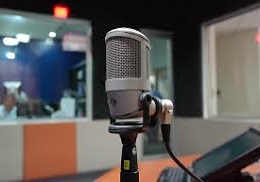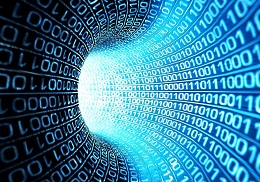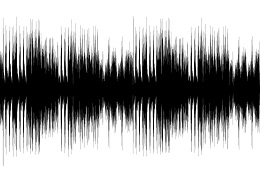
New technologies have broke into our lives. Their applications is completely revolutionizing the postmodern society and the way of living is due to the artificial intelligence and the monitoring. Do you want to know the potentialities of new technologies and Big Data in the health field?
7 february 2017
Monitoring someone’s health distantly is the entirely possible future scenario to which the medical research in the disease prevention is addressing. Obtaining data of the state of things, in this case, of human bodies, gives a very valuable information to make decisions or to carry out preventive treatments in order to stop the development of a disease.
Voice recording are presented in this picture as a very good source of information about health inasmuch as the researchers suspect that it is possible to obtain clues for the biomarkers of diseases search through voice recording.
One of the ailments whose diagnosis could substantially improve thanks to voice recording is the called Posttraumatic stress disorder (PTSD), according to Charles Marmar, head of the Psychiatry Department of the Langone Medical Center of the University of New York (USA).
It seems that it does not exists blood analysis helping to the diagnosis for this kind of psychiatric disorder, that is why the voice recording could be really useful. For instance, people suffering cognitive issues may prolong some sounds or present some difficulty to pronounce phrases which requires certain facial movements.
People suffering cognitive issues may prolong some sounds or present some difficulty to pronounce phrases which requires certain facial movements
Therefore, during five years this psychiatric has analysed from the voice recording collection such as rhythm, pitch, tone, frequency or volume aiming to achieve clues to detect diseases such as depression, traumatic brain injury or PTSD.
Some results threw lights on Marmar’s hypothesis and revealed that the science team who had achieved a 77% precision (in a sample of 39 men) to distinguish, just through voice, if patients were suffering PTSD or were healthy.
Researches similar to this one spotlight the application of Big Data and the development of technologies in the biomedical field is increasingly soaring and opens a range of work possibilities to engineers.











